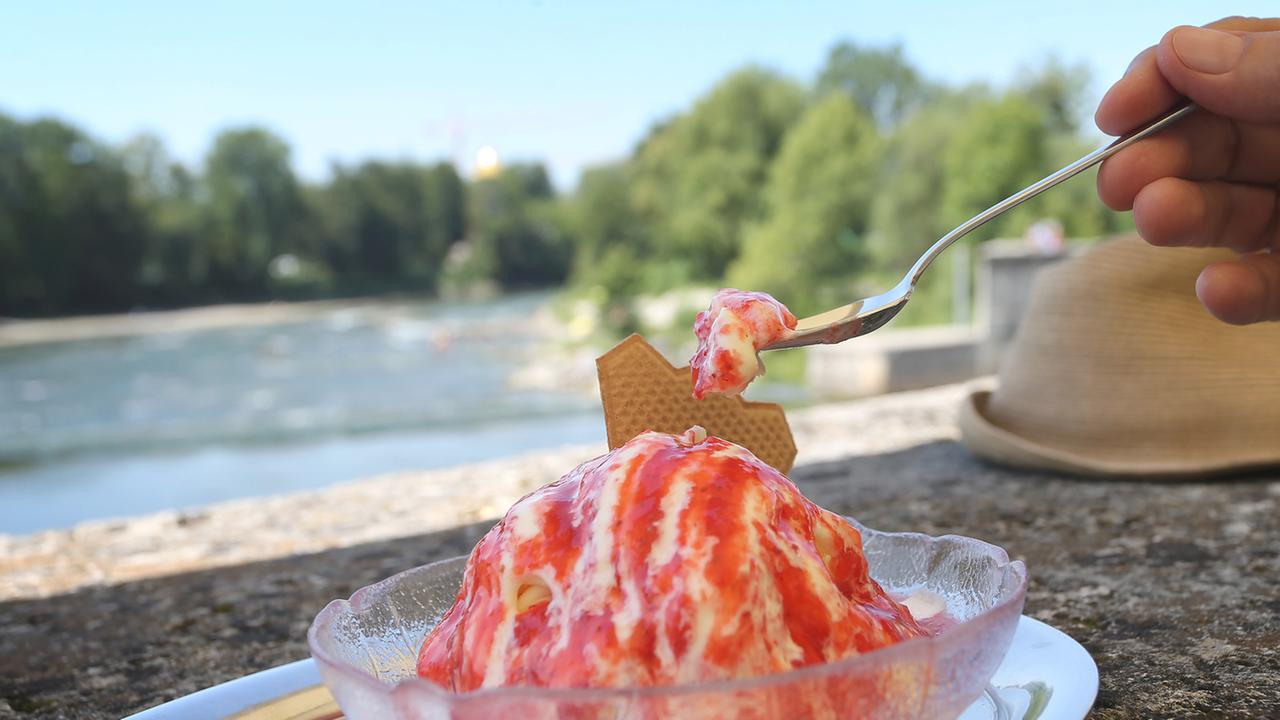Ice cream has become more expensive this summer too. A scoop costs an average of 1.70 euros, and even more in cities like Munich, Hamburg or Frankfurt. What is “ice cream flation” all about?
There is one thing that Germans have been true to themselves for many years. “When it comes to ice cream, Germans are boring: vanilla, chocolate, strawberry – these are the most popular ice cream flavors in Germany,” says Maximilian Krä, supplier for ice cream parlors in Germany. And he also confirms what customers have long noticed: it is getting more expensive – again.
The phenomenon has now even been given its own name: “ice flation” is here. A scoop for 80 cents? That is a thing of the past. On average, a scoop now costs 1.70 euros. Last summer it was 20 cents less.
Energy, personnel and raw materials more expensive
So have ice cream parlor owners become greedier? No, says Krä in the show Economic Update on dailynews24: “Ice cream is an energy-intensive industry, it needs a lot of electricity, a lot of water, all of which have become significantly more expensive.” Added to this are increased raw material costs – for example for milk powder, cocoa or sugar – and higher personnel costs.
The ice cream sellers have only passed on part of their increased costs, explains Krä. They are even postponing investments because they don't have the money. New machines are more efficient and use less water or electricity.
Capri has it all
Alternatives such as ice creams from the supermarket are, however, fairly stable in price when you compare the cost with the time you would have to work to make them. While in 1990 you would get almost ten Magnum ice creams for the average hourly wage, this year it is a good eight, according to the German Economic Institute.
Capri ice cream, however, is different. It has more than doubled in price since 1990, meaning that ice cream eaters have to work twice as long for a Capri ice cream as they did back then.
Fewer scoops and less frequent visits to the ice cream parlor
The demand for ice cream has now fallen due to the increase in prices. Nevertheless, Germans consume an average of eight liters per year. A family of four, however, has to watch out for where it ends up: “Ice cream is still a small luxury that people like to treat themselves to. It is already clear that families of four are more likely to buy two scoops of ice cream instead of three, and perhaps only twice a week instead of three,” says Krä.
A small consolation – even if it has become more expensive in the ice cream parlor: Germany, according to the expert, is still Europe's ice cream discounter. In a European comparison, Germany is the cheapest. Our neighbors now have to pay 3.50 to 4 euros for the sweet, cold scoop.
Samir Ibrahim, HR, tagesschau, 02.08.2024 12:33





